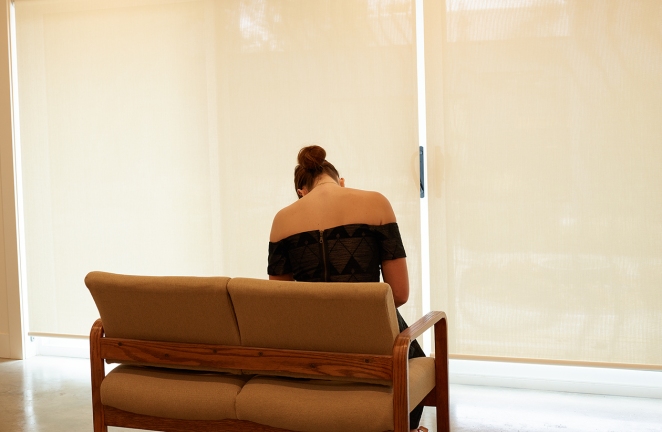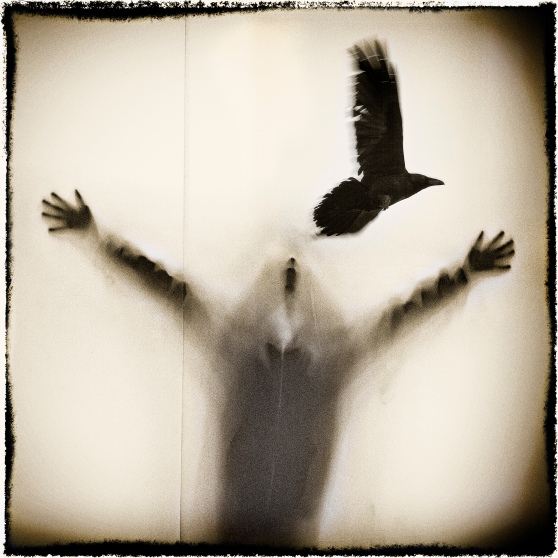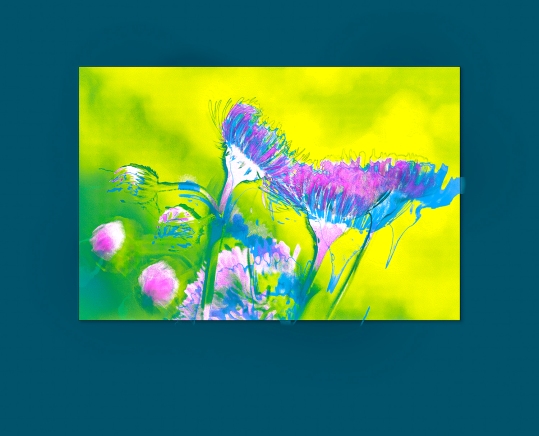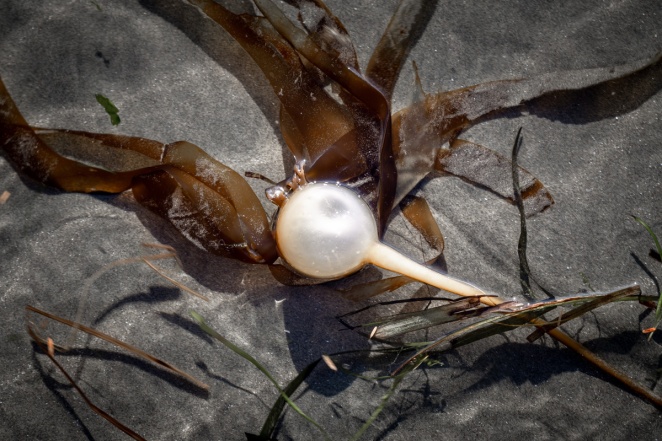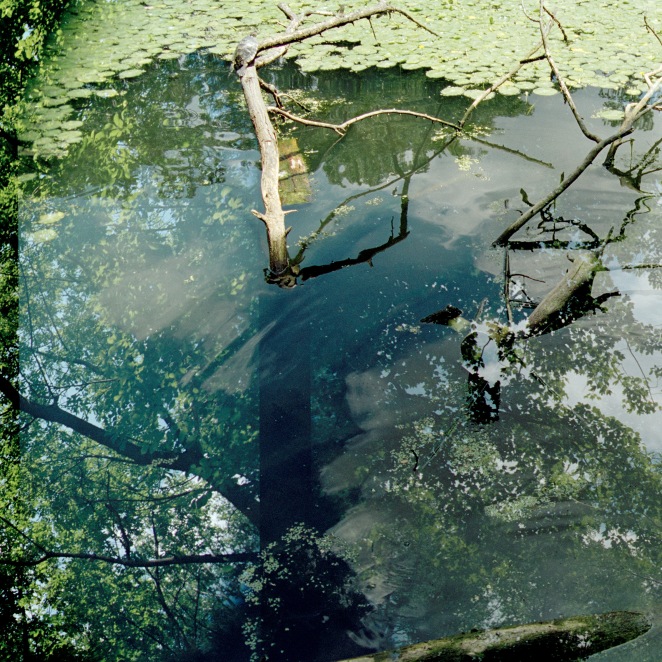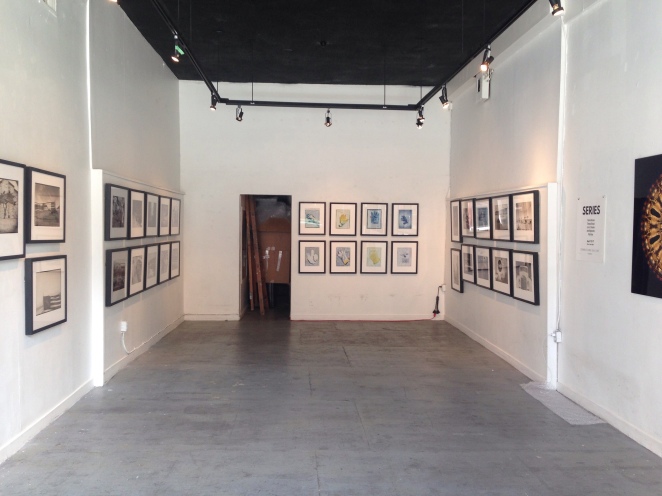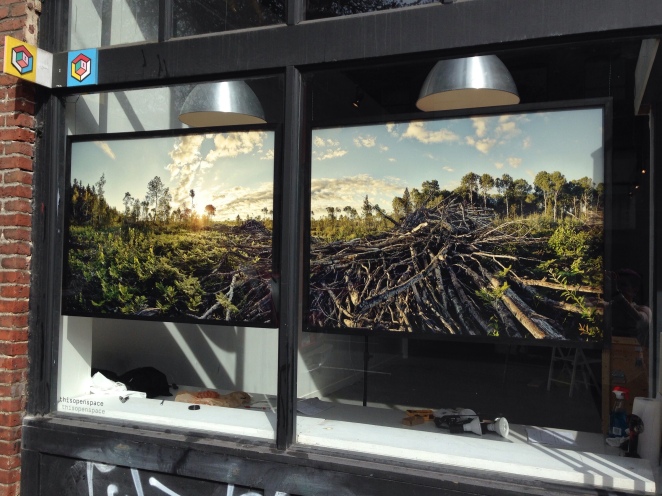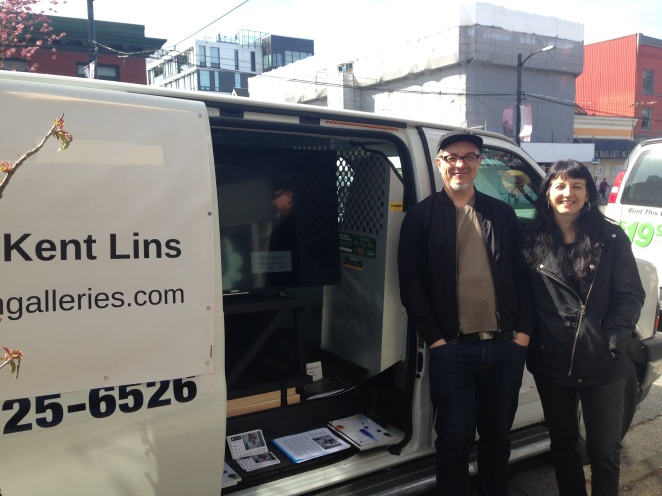April 1-May 14 2019 |Opening Reception May 2
Darren Calabrese, Carl MacNeil, Dinao MacCormick, Chad Tobin, Steve Wadden
A collaborative exhibition of fictional, documentary, and contemplative photographs exploring literal and abstract concepts of home. It combines selections from ongoing personal projects of five Canadian photographers from the East Coast who comprise the Hot Fog Collective.
On a spectrum between place and feeling, individual meanings of home emerge. Turf asks how the individual shapes the place, and how the place shapes the individual.
The artists illustrate relationships with land, identity, community, and changing geographic and social landscapes. While raising questions about intuition and perception, they imagine home as a sense of being and creative process as a means of transportation.
Curated by Hot Fog Collective
Darren Calabrese

Atlantic Canadians are a coastal people. Living on the periphery, we are connected through our relationship with the sea – an existence that is both isolating and freeing. The tensions of living off the sea have long existed, but today the region is suffering through an historically high rate of unemployment that is forcing many to fight to hold onto their livelihoods, communities, and identity. This is a movement full of stories that, in concert, are both stark and life-affirming. Calabrese works to explore the relationships and communities formed along the eastern coastlines, which he believes are a pathway not only to our history, but to our future.



